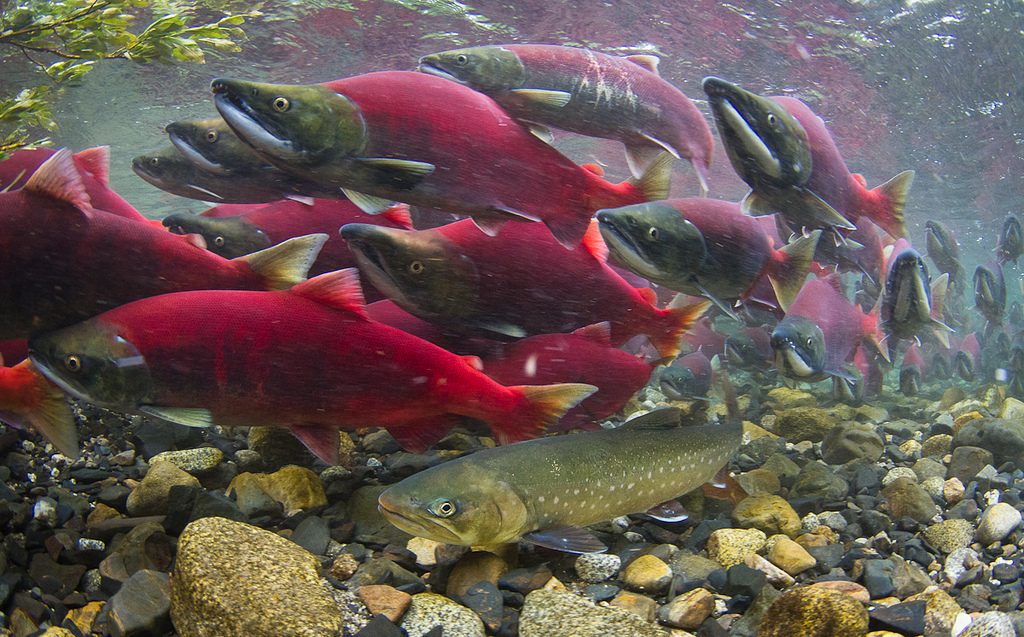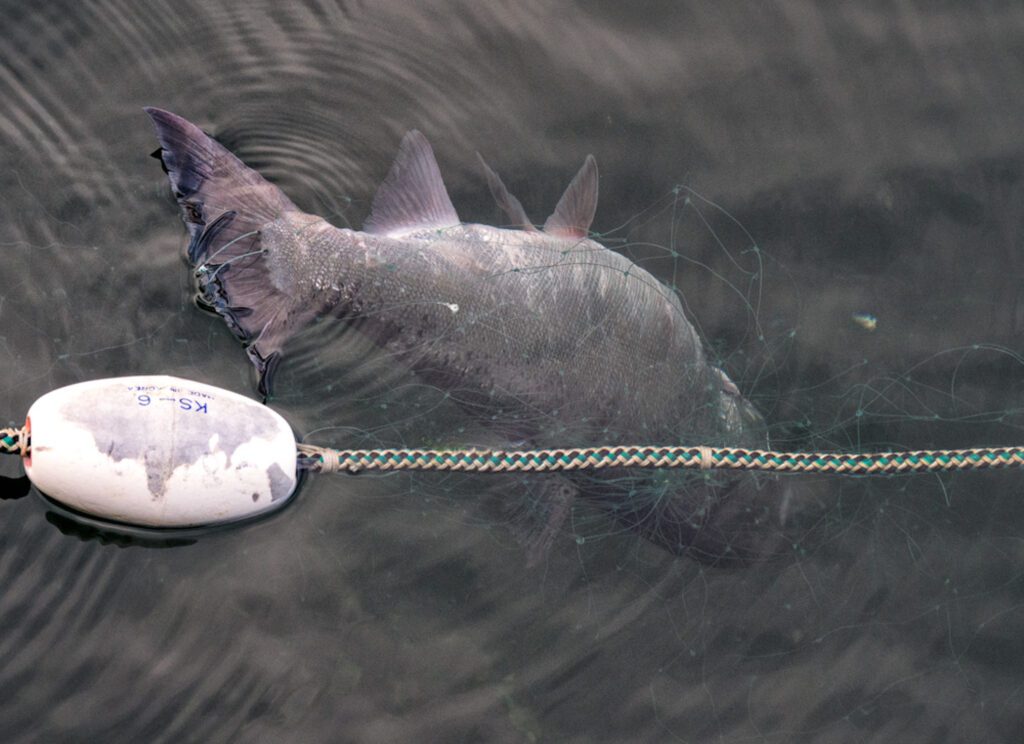Make sure to check your tomcod, because some fish are carrying a black fungus that may be a human health concern.
The fungus typically appears as a 1-to-2 centimeter-large black spot that is raised and firm.
Subsistence users in the Norton Sound area have reported seeing it on tomcod, and some smelt or hooligan, since 2005—typically in October or November. It’s estimated to be found on 1 in every 200 fish, according to a pathology report from the Alaska Department of Fish and Game. No fish mortality has been reported as a result of the fungus, and since food has been found in their stomachs, it appears that they are feeding normally.
The fungal species is found in seawater and sediment, but biologists at Fish and Game aren’t exactly sure how it’s been transmitted to the fish.
It is recommended that you do not eat any affected fish due to possible health concerns. If you catch a fish with black fungus, you can send it to the Fish and Game office in Nome.







